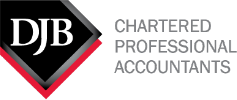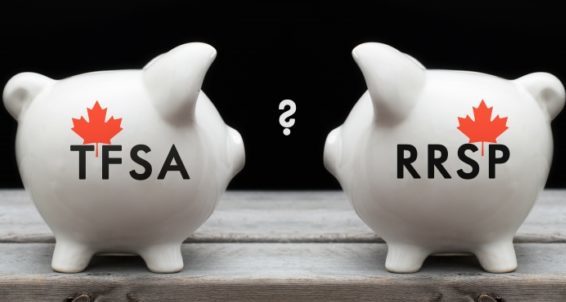In 2009, the federal government introduced the Tax Free Savings Account (TFSA) to give Canadians another means to save for their financial goals. The TFSA is similar to the Registered Retirement Savings Plan (RRSP) in some ways, but different in others.
TFSA Quick facts:
- Investments grow and compound on a completely tax-free basis within the TFSA.
- Contributions to the TFSA are not tax-deductible, but withdrawals are tax-free and can be made at any time.
- Unused contribution amounts accrue and can be used in future years.
- The current annual contribution limit is $7,000 per person, increasing in $500 increments based on inflation.
- Anyone who was 18 years of age in 2009 and resident in Canada during the period between 2009-2024 and has never contributed to a TFSA has a contribution limit of $95,000.
- Withdrawals from the TFSA do not impact Old Age Security (OAS) benefits.
Things to consider when deciding to use a TFSA:
- Consider how the TFSA fits within your overall financial plan –it may be better to maximize RRSPs, RESPs, or pay down personal debt first.
- The TFSA can complement other retirement savings and since withdrawals are tax-free, they could help you avoid potential Old Age Security (OAS) claw-back.
- Since contributions can be made at any age over 18, a TFSA can be a powerful estate planning tool in building a sizable tax-free asset for an estate or heirs – a benefit similar to using permanent life insurance. If a specific beneficiary is named in a TFSA, the estate administration tax (probate fees) can be avoided on the value of the plan.
- Consider using existing personal non-registered savings to maximize TFSA contribution limits in order to shelter future investment income from tax.
- Investors owning a corporation may want to consider withdrawing additional dividends to fund a TFSA. Although the additional income from the corporation would be taxable, future investment earnings on those contributions would be tax-free.
- Both capital and growth can be withdrawn on a tax-free basis. The total amount withdrawn can then be re-contributed in the next calendar year, or any time afterwards, with no impact on annual contribution limits.
A DJB Wealth Management Advisor can help you make the right choice.



